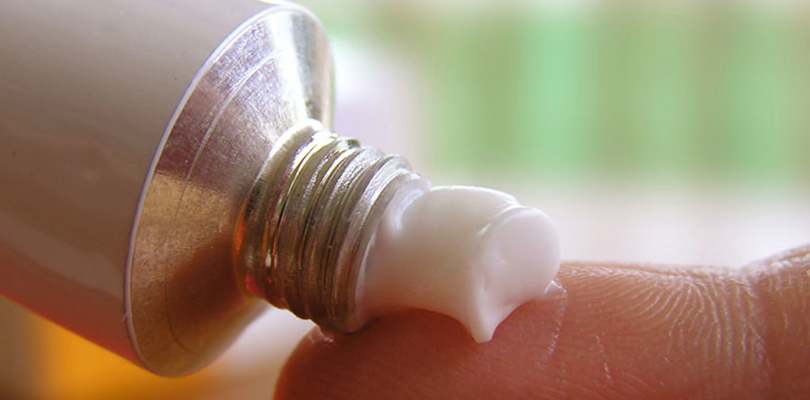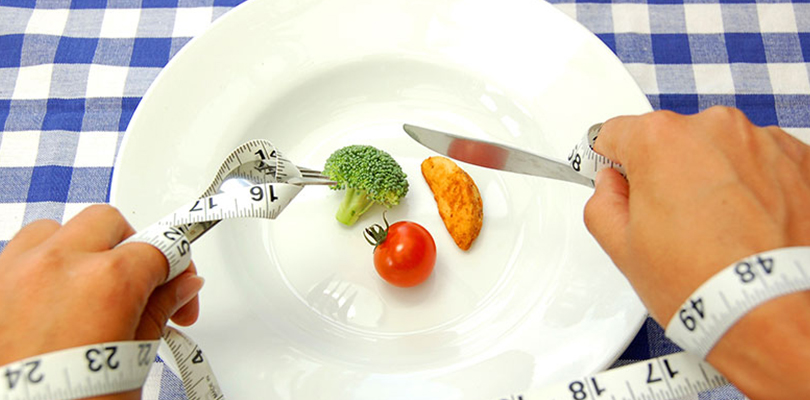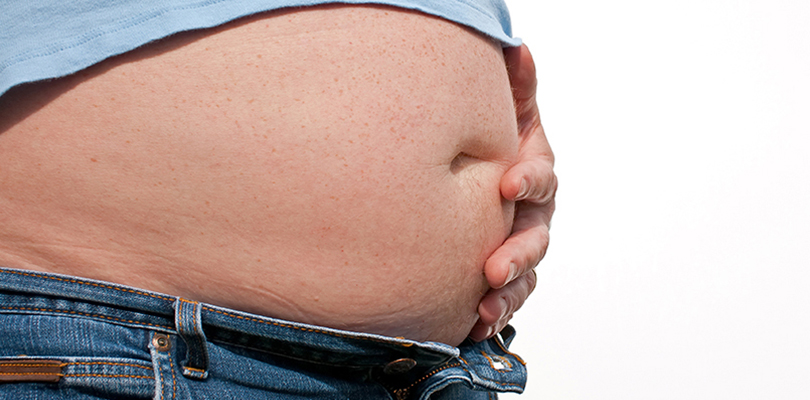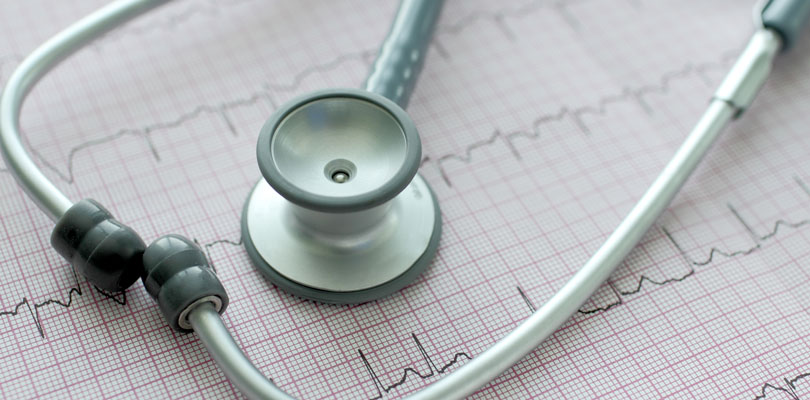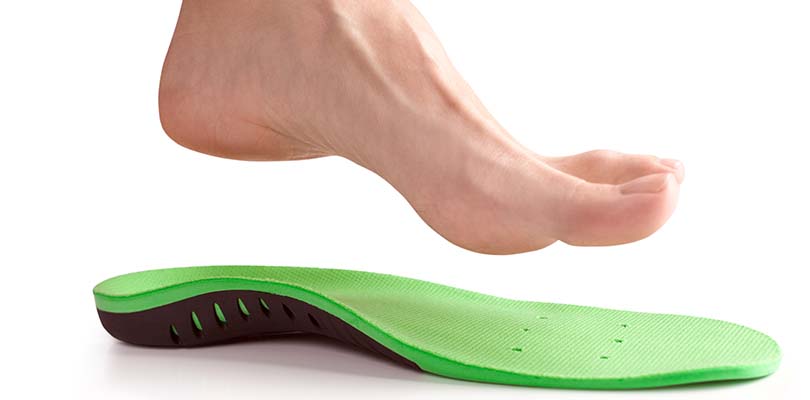Photo Credit: danielle71 / iStockphoto.com
Treating a Yeast Infection
When most people think of yeast infections, they usually think of vaginal infections. However yeast infections, also known as candidiasis, may infect many different areas of the body. They can also become systemic. While most yeast infections are highly treatable, some can be deadly.
Yeast infections are a type of fungal infection. They are most often caused by an organism, Candida albicans, which naturally lives in the human body. The infection arises due to an overgrowth of the fungus.
Who Is Most Likely to Contract a Yeast Infection?
People who have chronic illnesses or who take medications that suppress the immune system are prone to contracting yeast infections, as are people with diabetes and people undergoing chemotherapy. Antibiotics, steroids, oral inhalant medications and asthma drugs increase susceptibility for yeast infections. People who are overweight or working hot environments also get yeast infections more often than people who are thin or work in cool environments.
Where Do Yeast Infections Most Often Occur?
Candida thrives in warm, moist, dark locations. As a result yeast infections tend to occur in the vagina, mouth and in babies’ diapers. Yeast infections also arise in areas where chafing occurs, like the groin, under breasts, and in the armpits.
What Does pH Have to Do With Yeast Infections?
Yeasts grow when the pH of tissues rise. Therefore two keys to preventing and ridding the body of yeast infections are keeping the skin dry and maintaining a healthy pH balance, especially of vaginal tissues.
pH balance may be disturbed due to pregnancy, illness, or the use of personal care products. The pH of the vagina rises during menses, and semen has a higher pH than the vagina. Use natural, gentle, fragrance-free products that have a low pH when cleaning tender areas.
How Diet Can Make a Difference
Taking a probiotic or eating foods such as yogurt, natural sauerkraut and other fermented foods can help to ensure that your pH and flora within your body are well balanced. Avoid simple carbohydrates, sugars and artificial sweeteners, as these may precipitate yeast infections.
Keep Clean
It is important to keep the skin and mucus membranes clean. Cleaning a baby’s bottom carefully with each diaper change is essential. The buttocks and perineum need to have good air flow, so let baby remain bare bottomed for a part of each day. This is especially important if an infection is present.
Underwear made of cotton or other natural fibers are less irritating than those made from synthetic materials, as they stay cooler and allow for better ventilation. Tight clothing, such as pantyhose, jeans or shapewear can contribute to the development of yeast infections.
Yeast Infection of the Mouth
A yeast infection of the mouth, oral candidiasis, is commonly known as thrush and is very a painful condition. Eating, drinking, and performing oral hygiene tasks may cause serious discomfort and it may be difficult to swallow, resulting in drooling. The sense of taste may be altered. Babies who get thrush may be unable to nurse well. Weight loss and dehydration may arise in serious cases. White, raised patches may appear on the tongue and mucus membranes, the mouth may be red, and the corners of the mouth may crack and bleed.
Knowing the types and signs of eating disorders can help spot the condition. The earlier it's caught, the more damage can be prevented (and reversed).
How is Thrush Treated?
How thrush is treated depends on the person’s age and underlying problems that caused the infection to arise. Oral medications may be prescribed in the form of a pill or as a mouth rinse. Nystatin is a medication frequently used to treat thrush. The pateint swishes the liquid nystatin suspension around in their mouths and then spits it out. This is repeated several times daily. If a person is a baby or unable to swish and spit out the medication, a caregiver may need to swab the mouth with the medication. If the infection does not respond to treatment with medications administered by mouth, an intravenous drug may be needed.
Vaginal Yeast Infections
Vaginal yeast infections are common among women. Signs of vaginal yeast infections include severe tenderness and itchiness of vaginal tissues. Tenderness, irritation, and burning may occur. A white discharge that looks like cottage cheese may be present. Intercourse may be painful. The vaginal area may be puffy or hot.
Treating Vaginal Yeast Infections
Natural, over-the-counter and prescription medications are used to treat vaginal yeast infections. Let’s look at some of the most effective remedies.
- Antifungal suppositories and creams that are inserted into the vagina are available.
- Topical creams may be used to relieve itchiness and pain.
- Tea tree oil may be applied on a tampon and placed into the vagina.
- A carefully peeled clove of garlic wrapped in gauze may be inserted vaginally.
- Boric acid capsules inserted into the vagina can be a very effective remedy.
- Some women find that inserting plain yogurt vaginally is soothing when a yeast infection occurs. The practice helps to correct underlying pH imbalances.
- Douching is not usually recommended, but if you choose to use a douche, select one that contains apple cider vinegar.
- If home remedies are ineffective, an oral medication called Diflucan is often prescribed as a one-time pill.
If you think that you might have a vaginal yeast infection, or if you use home or over the counter remedies without success, consult with your health care provider. Your health care provider can make treatment recommendations and identify underlying causes of the infection.
Other types of microorganisms can cause vaginal infections. They do not respond to the same treatments yeast infections do. Therefore do not self-treat unless you have had a prior yeast infection and you are sure that yeast is the culprit.
Yeast Infections in Men
Men who are not circumcised are more likely than those who are to get yeast infections; however any man can get a yeast infection. A red, bumpy rash may appear on the penis, especially at the tip. Itching and burning may occur. Treatments similar to the ones which women use for vaginal yeast infections are effective. Partners of both sexes should be treated if yeast infections are present.
Yeast Infections in Babies
Babies contract thrush easier than healthy adults do. They may also develop yeast infections of the diaper area. Diaper rashes caused by yeasts look different than those due to irritation. Red, itchy, small, fluid filled bumps cause much pain and discomfort. Peeling of the skin may be present. The baby is likely to be very fussy.
The rash is likely to be especially noticeable in creases of the baby’s skin. If you think that your baby may have a yeast infection, consult your baby’s health care provider. A cream or powder may be prescribed. Do not use over-the-counter yeast remedies for babies unless instructed to by a qualified health care expert.
Invasive Yeast Infection
Yeasts may get into the bloodstream and cause serious illness. People who are most likely to contract systemic yeast infections are hospitalized patients, low birth weight infants, and immune compromised individuals. Patients who have been treated in intensive care units or remain hospitalized for long periods of time are more prone to life-threatening yeast infections than other individuals. Systemic yeast infections may require treatment with high potency, intravenous, antifungal medications.
